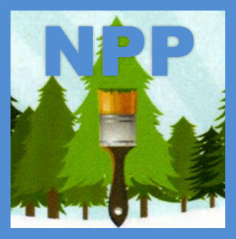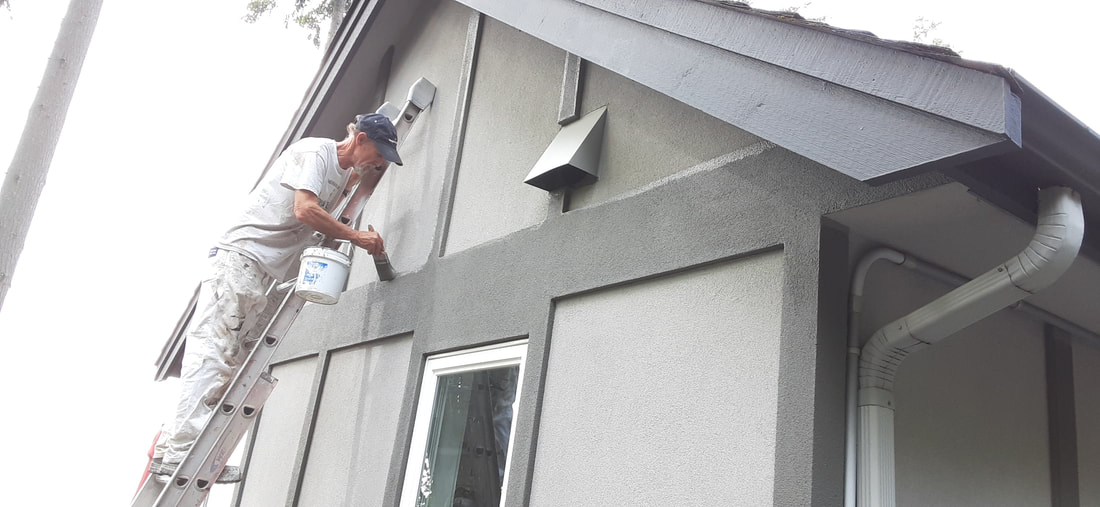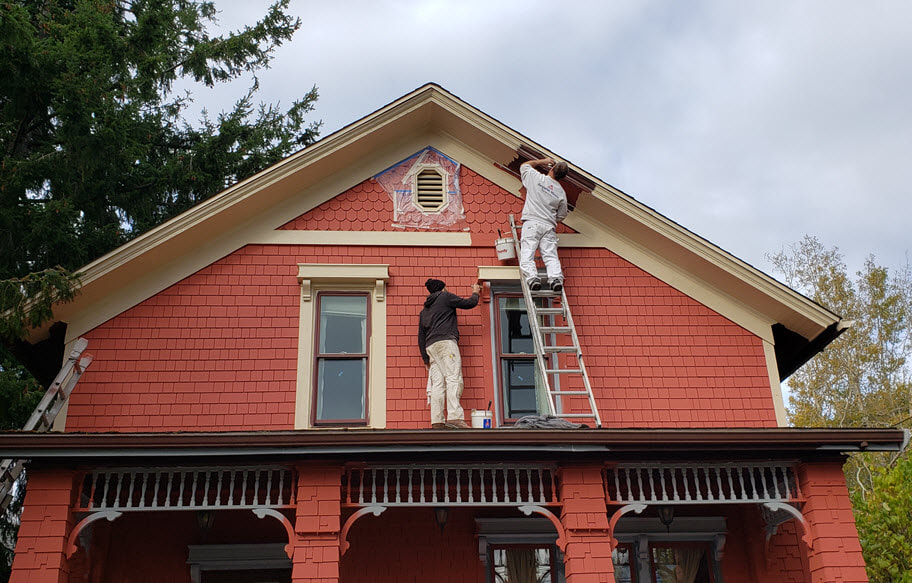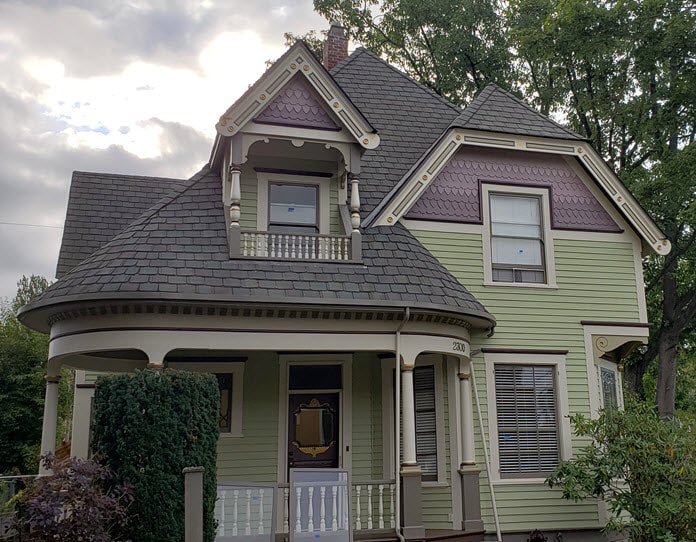A nicely painted home communicates two important things to visitors and passersby. The first and obvious effect is that the house makes a good impression. Secondly, a nicely painted house suggests that the house is well cared for.
People judge your home by its exterior. Even if the home is in the best condition possible, that fact is not immediately obvious if the exterior looks shoddy. The way you paint the home’s exterior is the first thing that attracts people to the property.
If the exterior is not appealing, you may not get a chance to show people the other aspects of the home. Moreover, even if the rest of your home is in great condition, a rundown exterior will drag down its value, warns Windermere Management.
How exterior paint helps to boost your home’s value
Exterior paint can damage your home’s curb appeal as much as it can help it. This can happen if you do not choose your paint colors and paint design carefully. Before you add a coat of paint to your home, be clear on what you want the home to communicate. The way you paint your home can put people off or draw them in because colors have the power to influence emotions.
This is why your choice of colors, as well as, your use of those colors matter so much. Note that your personal color preferences may not be the best for your home. To determine the best way to paint your home, think of the impact you want to make and choose colors and designs that will help you achieve that result.
·Protect your home
The least obvious benefit of painting your home’s exterior is how exterior paint protects your home’s external surfaces from damage. Paint is your home’s first line of defense against the forces of nature. The process of painting your house gives you the chance to uncover and address every defect on the building’s exterior surfaces.
If you periodically renew the paint on your home’s exterior, you reduce the possibility of damage to the building. Also, paint actively protects the surface from the impact of physical force, organic agents, chemical corrosives, and the actions of the elements. By painting the home’s exterior, you give it a protective layer that helps to maintain it in good condition.
What to think of when painting the home’s exterior
·Does the paint match your home style?
Homes from different eras or with a defined architecture have to be painted in ways that complement their unique characteristics. Painting your home in a way that is more appropriate for homes of a different style will diminish its value.
The home should be painted to reflect its unique identity and most attractive features. This will be evident in the paint colors you choose and in how you deploy those colors.
·Does the design fit the neighborhood?
In addition to the style of your home, you must preserve the distinct characteristics of the neighborhood. Your goal should be to make the home different in a nice way. This means painting it according to the overall pattern of the homes in the area while giving the building a unique level of individuality. If the design does not agree with the neighborhood design, you create problems for yourself and your neighbors.
·Is there underlying material you want to show off?
You may not need to paint the entire surface of your home’s exterior if the building is made of materials that are worth showing off. For instance, if some aspects of the exterior are made of bricks or there are some eye-catching stone details, you probably want to leave those unpainted. On the other hand, you may also choose to paint those features in a way that will still make their appeal more obvious.
·Paint preparation is vital
Lastly, paint preparation is the most important part of painting the home. Good paint preparation will detect problems with the various surfaces and repair them before the paint is applied. Good paint preparation also determines how well paint adheres to the surface and, therefore, how long the paint job will last. Do not overlook proper paint preparation because you think it takes time and costs more money.




 RSS Feed
RSS Feed